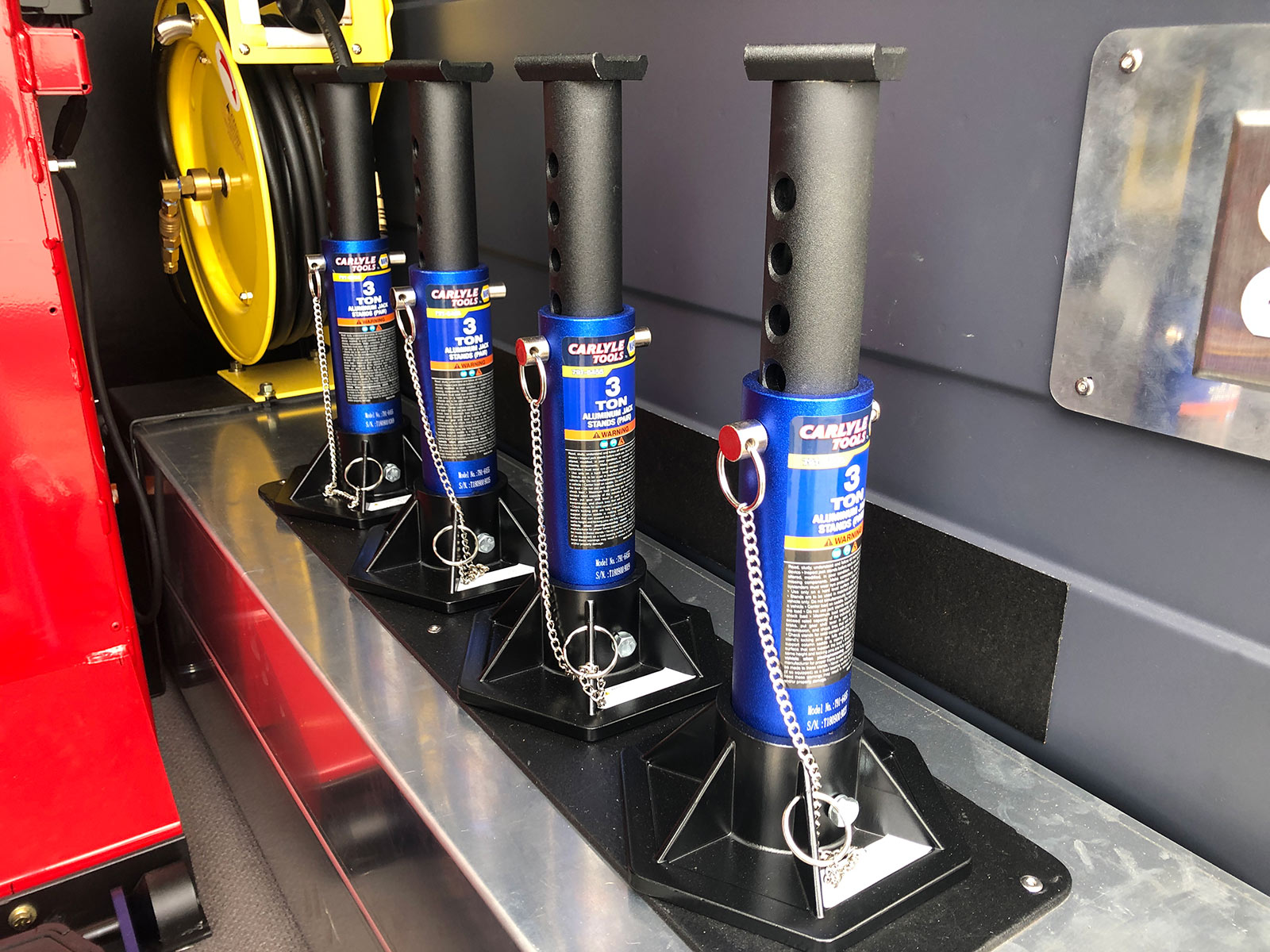Convenient Mobile Tire Service in Las Vegas at Your Front door
Convenient Mobile Tire Service in Las Vegas at Your Front door
Blog Article
Tire Service: Proven Approaches for Ideal Tire Upkeep and Care
Keeping optimal tire problem is paramount for both safety and security and performance of any automobile. From ensuring appropriate tire stress to regular turning and alignment, there are tested approaches that can dramatically prolong the life-span of your tires and enhance general driving experience. As we discover the complexities of tire treatment and upkeep, we will discover essential standards that every car proprietor need to abide by for the very best feasible outcomes. Allow's look into the globe of tire solution and find the tricks to maintaining your tires in top-notch shape for the long haul.
Significance of Tire Pressure
Appropriate tire stress promotes much better fuel effectiveness, as under-inflated tires can lead to raised rolling resistance, causing the engine to work more challenging and eat more fuel. Appropriate tire stress guarantees also tread wear, enhancing tire durability and conserving cash in the lengthy run by postponing the need for premature replacements. Routinely adjusting and checking tire pressure, especially previously long journeys, is a basic yet reliable means to enhance automobile efficiency, expand tire life-span, and focus on safety and security on the roadway.
Tire Turning Standards
When thinking about tire rotation standards, it is essential to recognize the significance of this upkeep task in taking full advantage of tire lifespan and keeping optimal automobile performance. Tire rotation entails changing the setting of each tire on a vehicle to make sure even walk wear. Front tires have a tendency to put on much more swiftly than back tires due to guiding forces, making regular rotation critical for balanced wear patterns.

Advantages of Wheel Positioning
Making sure appropriate wheel positioning after tire turning is important for keeping well balanced wear patterns and making the most of automobile performance. Wheel alignment describes the modification of the angles of the wheels to the supplier's specifications. One of the key advantages of wheel placement is boosted steering and handling reaction. When the wheels are appropriately lined up, it minimizes guiding initiative, making certain a smoother and extra regulated driving experience. Furthermore, right wheel placement assists to extend the life-span of your tires. Misaligned wheels can create uneven tire wear, resulting in premature tire replacement and enhanced maintenance costs.

Tire Tread Depth Inspect
Doing a normal inspection of tire walk deepness is crucial for maintaining safe driving conditions and extending the life expectancy of your tires. The step on your tires plays an essential function in supplying traction, particularly in unsafe or damp problems. To examine your tire step deepness, you can make use of a step deepness scale or the dime test. The suggested walk depth is at least 2/32 of an inch. If the walk depth is below this threshold, it is time to replace your tires to guarantee ideal performance and security when traveling. Uneven Continued tread wear can indicate concerns with tire suspension, alignment, or pressure, highlighting the value of normal walk deepness checks. Ignoring to keep an eye on and preserve proper step deepness can lead to reduced hold, longer stopping ranges, and a raised threat of hydroplaning. By integrating tire walk depth look into your routine upkeep routine, you can drive with self-confidence recognizing that your tires are in top problem.
Seasonal Tire Examination
Seasonal tire inspection is a basic facet of tire maintenance that guarantees tires are all set to encounter the difficulties positioned by different climate problems. In preparation for winter, it is essential to examine the tire stress frequently as cold temperatures can create tire pressure to go down. By carrying out routine seasonal tire examinations, motorists can extend tire lifespan, boost fuel performance, and most significantly, guarantee a secure driving experience in differing weather problems.
Conclusion
Finally, preserving proper tire stress, rotating tires consistently, lining up wheels correctly, checking walk deepness, and carrying out seasonal examinations are vital practices for ideal tire care. By following these verified methods, motorists can ensure their tires last longer, execute better, and add to overall see post car safety and security. It is very important to focus on tire maintenance to avoid mishaps, boost fuel efficiency, and extend the life expectancy of tires.
Adequate tire pressure advertises much better fuel efficiency, as under-inflated tires can lead to increased rolling resistance, causing the engine to work tougher and eat even more fuel.When use this link taking into consideration tire turning standards, it is important to understand the significance of this maintenance task in making the most of tire lifespan and maintaining ideal vehicle performance. Seasonal tire assessment is an essential aspect of tire maintenance that makes certain tires are ready to deal with the challenges postured by different weather condition problems. By performing routine seasonal tire evaluations, vehicle drivers can lengthen tire lifespan, boost gas effectiveness, and most importantly, ensure a protected driving experience in varying weather problems.
In final thought, preserving correct tire stress, rotating tires on a regular basis, lining up wheels appropriately, keeping track of tread depth, and carrying out seasonal evaluations are necessary techniques for optimal tire care.
Report this page